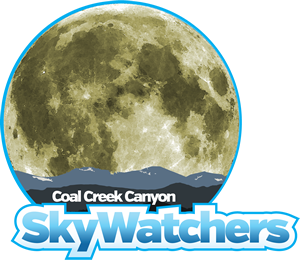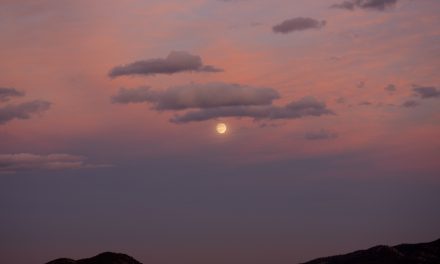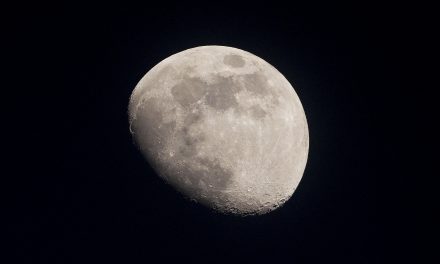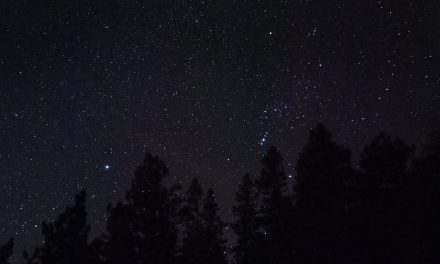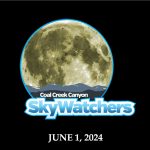Blog
Measuring the DayCoronavirus may keep Sky Watchers from meeting but events in the sky still abound. As classes have moved online, let’s move our astronomy outside. March 19, heralded springtime in Coal Creek Canyon. Earth has seasons because of its 23.5 degree axial tilt. As the Earth moves around the Sun this time of year, the northern hemisphere starts angling more toward the Sun. Alternately, during the winter, the northern hemisphere leans away from the Sun causing the Sun’s rays to hit Earth at a greater angle and less sunshine. The southern hemisphere enjoys their summer while we play in the snow during our winter.
How can we measure this? You may have noticed that just a couple of months ago, the Sun rose farther south than it does today. A great activity for astronomy enthusiasts (since we are just past the spring equinox) is to measure the position of where the Sun rises or sets. Whether the Sun sets behind the Indian Peaks, a hill near your house or behind your neighbor’s barn, note the position over the next couple months. What do you expect will happen? Do your measurements support your idea or theory?
Throughout April, Venus shines bright in the western sky just after sunset. Mars, Saturn and Jupiter rise in the eastern sky in a group just before 5am near the beginning of the month. Mercury is too close to the Sun this month to catch a good glimpse. The Full Pink Moon occurs on April 7 and if you like meteor showers, the Lyrids occur at New Moon on April 22. The Lyrids are an average meteor shower with about 20 meteors per hour. They can also produce bright dust trails that persist for several seconds. Lyra’s brightest star, Vega, is the brightest star in the summer sky. It rises about 10pm but the best time to hunt for meteors is after midnight. The meteors will seem to come from Lyra but they can appear anywhere in the sky. Bundle up, sit back and enjoy the show.
Did you know that the reason Easter is a different date each year is because it is traditionally calculated as the first Sunday after the first Full Moon after the spring equinox? This year it’s April 12th.
Find out all about the new comet coming our way in this article: “How to See Bright Comet Atlas”
